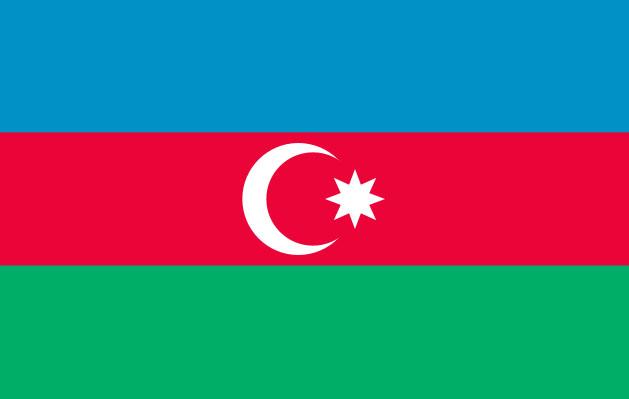Cultural Selection: Ala-kiyiz and Shyrdak, The Art of Kyrgyz Traditional Felt Carpets
© Urmat OsmoevWe invite you to read our weekly Cultural Selection articles, which adhere to preselected themes. Knowledge and appreciation of these subjects help to preserve, disseminate, and promote elements of our common heritage of the Silk Roads.
In our rapidly evolving globalized community, traditional arts and craftsmanship, which have contributed to our common Silk Roads legacy, are in danger of becoming obsolete. Despite these challenges, the people of Kyrgyzstan continue to produce authentic felt carpets that are deeply embedded with cultural components associated with nomadic life.
The Kyrgyz people traditionally produce two types of felt carpets which are intricately tied to their cultural heritage: Ala-kiyiz and Shyrdaks. Not only are these carpets a reflection of their aesthetic preferences and nomadic life, but they also serve as an indication of the savoir-faire, traditional knowledge, artistry, and storytelling transmitted from the elderly village women to youth. This leads to a sense of common heritage, shared experiences, and continuity within the community.
However, in contemporary society these felt carpets are a rarity in Kyrgyz homes. The traditional art of Ala-kiyiz and Shyrdak carpet-making is in danger of disappearing, and thus needs further safeguarding. Skilled practitioners are now part of the aging population, and youth are indifferent to the traditional practice. Moreover, the abundance of inexpensive, synthetic versions, as well as a decreased availability of high-quality raw materials are contributing factors to its decline.
See also:
Ancient Korean Art and Glassware
The Enduring Legacy of Ajanta Paintings
Imitation and Inspiration: The Transformation of Porcelain along the Silk Roads
The Diversity of Cultural Influences in Kushan Art
Stylistic Origins of Kashmiri Artistic Traditions
Sindhi Aesthetic Impulses and Cultural Expressions
The Transformative Power of Tea
The Evolution of Sericulture Along the Silk Roads
Regional Variations in Coinage and the Monetary System
The Art of Manuscript Bookmaking along the Silk Roads
Persian and Arab Musical Influences in Thai Courtly Life
Medieval Alchemy and Chemistry in Central Asia
The Development of Artistic Textiles
Madrasas as Universal Centers of Education and Culture
Clothing as a Reflection of Socio-economic Status and Regional Differences
"Batik for the World" Exhibition at UNESCO
Q & A with Mr. Ali Moussa-Iye during the Pasarela de las Artes Annual Event in Valencia, Spain




